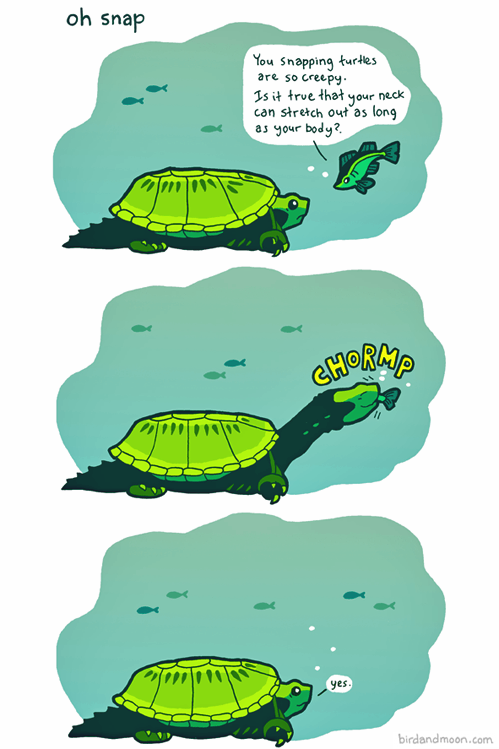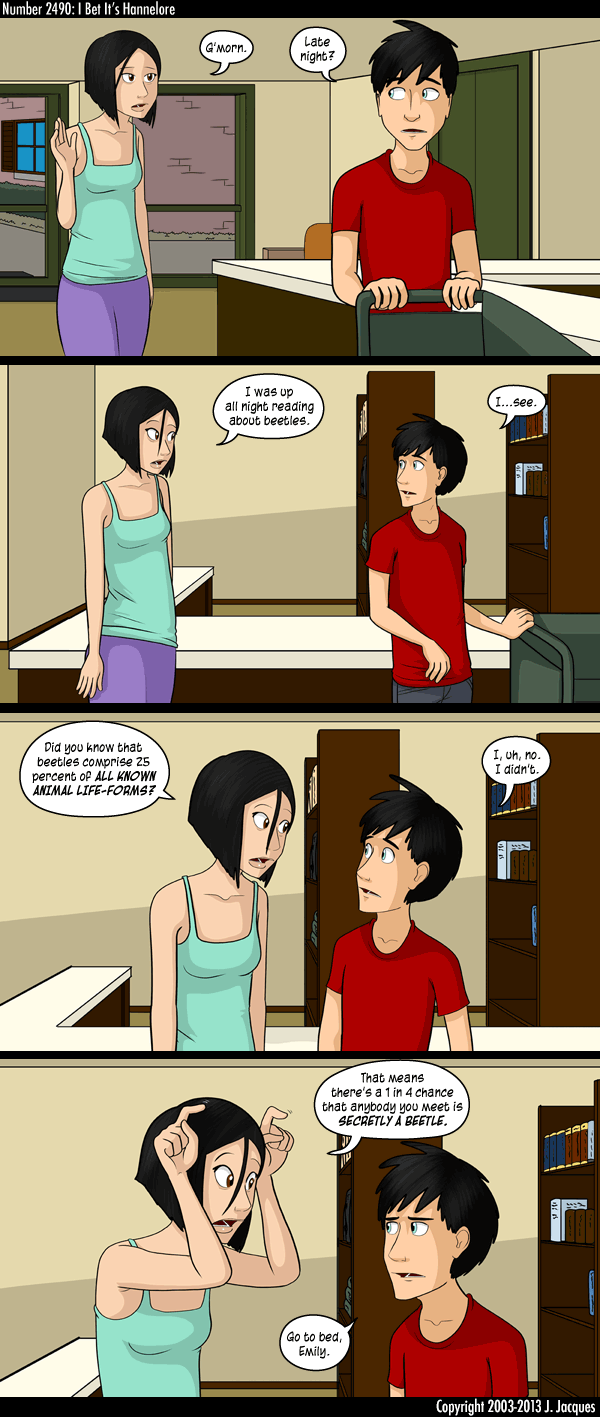The terrace I described yesterday can be seen clearly in the above photo, with a horizontal layer (maybe six feet thick, judging from the fence, which is about four feet high) of sediment deposited on the planed surface. The older layers of pre-existing rock, Eocene Coaledo Formation are dipping steeply to the east under that layer of sediment. Despite the title, I'm not entirely certain this is a true angular unconformity; the upper layer hasn't turned to real rock- it's unconsolidated.
Despite the naming uncertainty, the story this outcrop tells is the the same: Coaledo sediments were deposited in a deep pile of layers, and lithified. Then they were tilted up by folding associated with the ongoing collision between North America and the Juan de Fuca plate. Either during or following this folding, this area was lifted to sea level, and wave erosion took its toll, beveling the flat surface and removing the overlying rock. Given what I've seen of the sediment sitting on the top, it's a reasonable guess that this area spent at least a short time as a sandy beach. Then further uplift raised the whole shebang up to its current level- this likely happened in small increments over tens to hundreds of thousands of years, and was not entirely uniform. This same terrace is lower at Sunset Bay, a mile or two to the north, and higher at Cape Arago, a similar distance south.
Photo unmodified. March 8, 2012.
FlashEarth location.




































